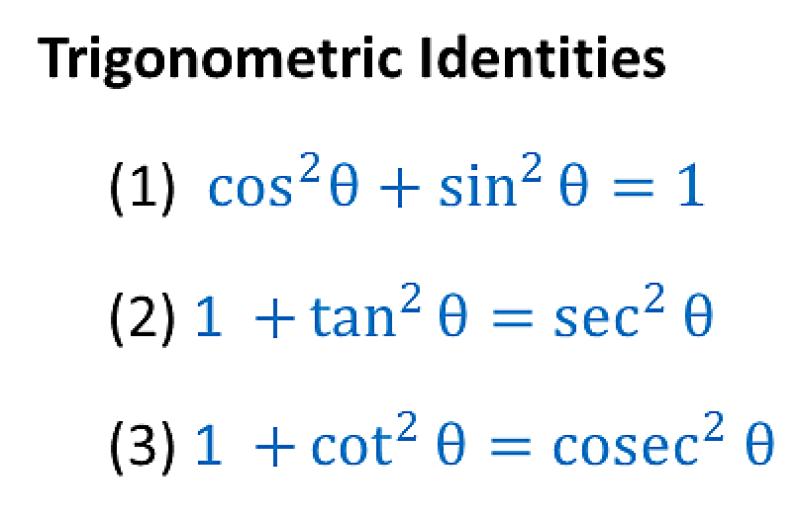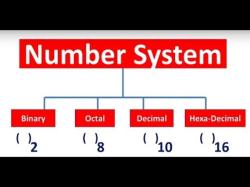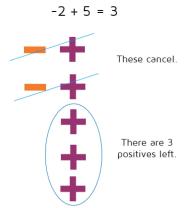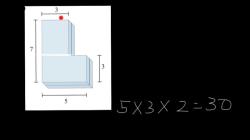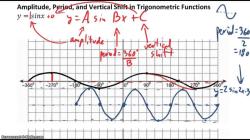What basic trigonometric identity?
Trigonometric identities are mathematical equations that involve the trigonometric functions (sine, cosine, tangent, cotangent, secant, and cosecant). These identities are true for all values of the variables within their domains. Basic trigonometric identities form the foundation for more complex trigonometric manipulations and are crucial in solving trigonometric equations and simplifying expressions. Here are some fundamental basic trigonometric identities:
Reciprocal Identities:
Pythagorean Identities:
The Pythagorean identities are derived from the Pythagorean theorem and relate the squares of the three main trigonometric functions.
Even-Odd Identities:
These identities describe the symmetry properties of the trigonometric functions.
Co-function Identities:
These identities express the relationships between a trigonometric function and its complementary angle.
Double-Angle Identities:
These identities relate the trigonometric functions of an angle to those of twice that angle.
Understanding and applying these basic trigonometric identities is essential for solving trigonometric equations, simplifying expressions, and gaining a deeper insight into the relationships between trigonometric functions. They provide a solid foundation for more advanced topics in trigonometry.
What is a fundamental trigonometric identity?
A fundamental trigonometric identity is an equation that holds true for all values of the trigonometric functions. These identities are based on the definitions of the trigonometric functions and the relationships between them. Some of the most important fundamental trigonometric identities include:
| Identity | Description |
|---|---|
| Pythagorean identity | sin^2(x) + cos^2(x) = 1 |
| Addition formula for sine | sin(x + y) = sin(x)cos(y) + cos(x)sin(y) |
| Addition formula for cosine | cos(x + y) = cos(x)cos(y) - sin(x)sin(y) |
| Double angle formula for sine | sin(2x) = 2sin(x)cos(x) |
| Double angle formula for cosine | cos(2x) = cos^2(x) - sin^2(x) |
| Half angle formula for sine | sin(x/2) = ±√((1 - cos(x))/2) |
| Half angle formula for cosine | cos(x/2) = ±√((1 + cos(x))/2) |
| Half angle formula for tangent | tan(x/2) = ±√((1 - cos(x))/(1 + cos(x))) |
These identities can be used to prove other trigonometric identities, simplify trigonometric expressions, and solve trigonometric equations.
Can you explain the concept behind basic trigonometric identities?
Basic trigonometric identities are equations that relate the trigonometric functions of one angle to the trigonometric functions of another angle. These identities are based on the definitions of the trigonometric functions and the properties of circles. Some of the most important basic trigonometric identities include:
- The Pythagorean identity: This identity states that the sum of the squares of the sine and cosine of an angle is equal to 1. This is because the sine and cosine of an angle represent the coordinates of a point on the unit circle, and the distance from the origin to this point is always 1.
- The addition formulas: These identities give the sine and cosine of the sum of two angles in terms of the sines and cosines of the individual angles. These formulas are based on the fact that the sum of two angles can be represented by a chord on the unit circle.
- The double angle formulas: These identities give the sine and cosine of 2 times an angle in terms of the sine and cosine of the angle itself. These formulas are based on the fact that the double of an angle can be represented by a chord that passes through the center of the unit circle.
- The half angle formulas: These identities give the sine and cosine of half an angle in terms of the sine and cosine of the angle itself. These formulas are based on the fact that half of an angle can be represented by a chord that is tangent to the unit circle.
Basic trigonometric identities can be used to simplify trigonometric expressions, solve trigonometric equations, and prove other trigonometric identities.
What are the key foundational identities in trigonometry?
The key foundational identities in trigonometry are the Pythagorean identity, the addition formulas, the double angle formulas, and the half angle formulas. These identities are based on the definitions of the trigonometric functions and the properties of circles. They can be used to prove other trigonometric identities, simplify trigonometric expressions, and solve trigonometric equations.
The Pythagorean identity is one of the most important trigonometric identities. It states that the sum of the squares of the sine and cosine of an angle is equal to 1. This identity is based on the fact that the sine and cosine of an angle represent the coordinates of a point on the unit circle, and the distance from the origin to this point is always 1.
The addition formulas give the sine and cosine of the sum of two angles in terms of the sines and cosines of the individual angles. These formulas are based on the fact that the sum of two angles can be represented by a chord on the unit circle.
The double angle formulas give the sine and cosine of 2 times an angle in terms of the sine and cosine of the angle itself. These formulas are based on the fact that the double of an angle can be represented by a chord that passes through the center of the unit circle.
The half angle formulas give the sine and cosine of half an angle in terms of the sine and cosine of the angle itself. These formulas are based on the fact that half of an angle can be represented by a chord that is tangent to the unit circle.
These key foundational identities can be used to prove other trigonometric identities, simplify trigonometric expressions, and solve trigonometric equations. They are essential tools for any student of trigonometry.
